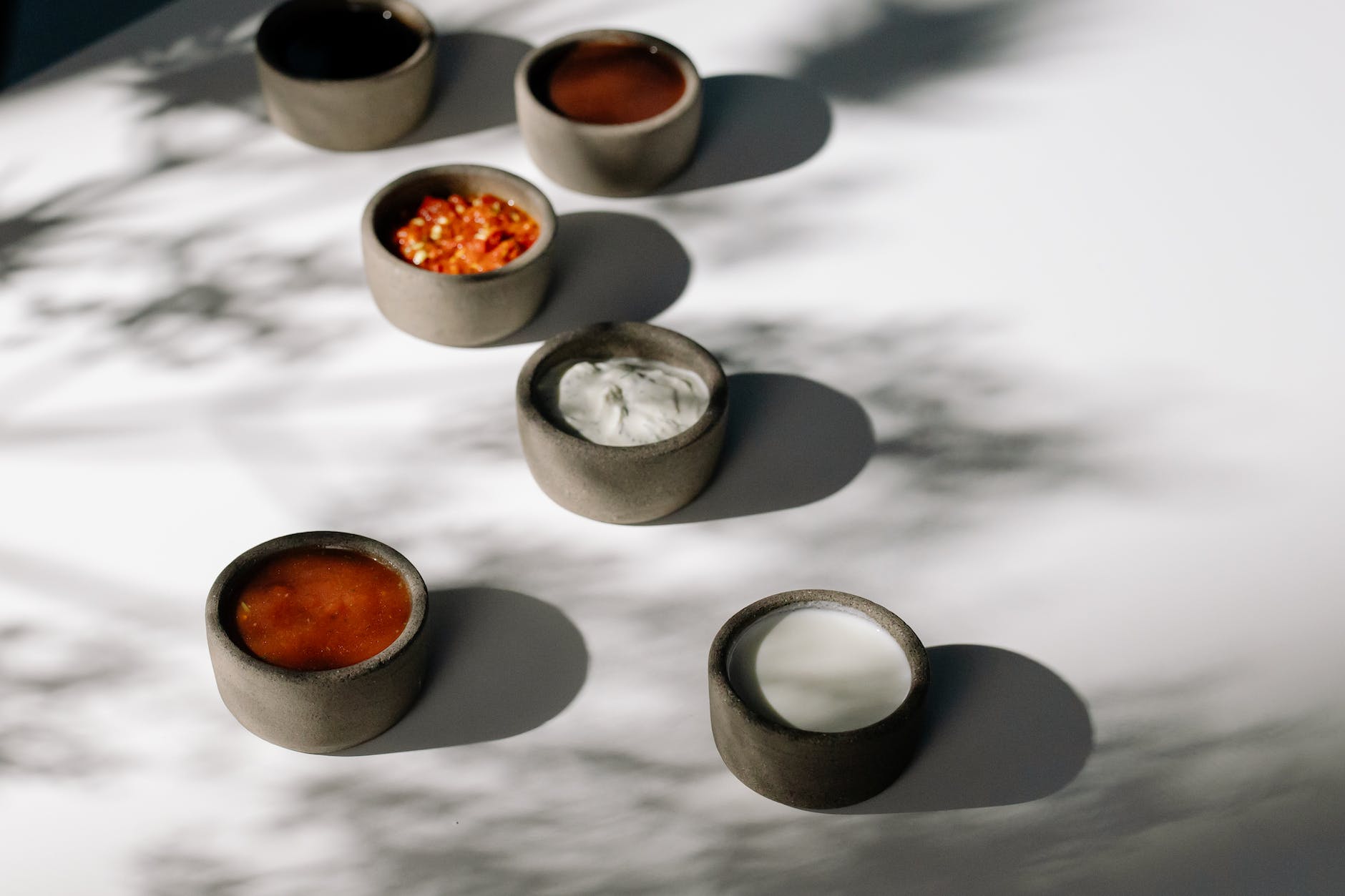Exploring the Differences Between 汁 and 酱: Two Essential Chinese Sauces
Confused about the differences between 汁 and 酱 in Chinese cuisine? In this article, we explore the key differences between these two essential sauces, including their preparation, texture, and use in cooking. Understanding the unique characteristics of 汁 and 酱 will help you elevate your appreciation and understanding of Chinese dishes.
As someone who loves Chinese cuisine, I’ve always been fascinated by the wide range of sauces that are used to add flavor and moisture to dishes. While the characters 汁 (zhī) and 酱 (jiàng) both translate to “sauce” in English, they have different applications and meanings depending on the context.
First, let’s take a look at 汁 (zhī). This thin, liquid condiment is made from the juices of meat or vegetables, and is commonly used in dishes such as hot pot, dumplings, and stir-fries. It helps to add flavor and moisture to these dishes, making them more enjoyable to eat.
Next, we have 酱 (jiàng), which is a thick, pasty condiment made from fermented grains or beans. It is often used in dishes such as Peking duck, braised meats, and noodles, where it adds flavor and texture to the dish.
One of the main differences between these two sauces is their texture. 汁 is thin and liquid, while 酱 is thick and pasty. This difference in texture is largely due to the different methods of preparation: 汁 is made from the juices of meat or vegetables, while 酱 is made from fermented grains or beans.
Another key difference is the way these sauces are used in cooking. 汁 is used to add flavor and moisture to dishes, while 酱 is used to add flavor and texture. For example, a stir-fry may use 汁 to add flavor and moisture to the vegetables and meat, while a dish like Peking duck may use 酱 to add flavor and texture to the crispy skin.
In conclusion, understanding the differences between 汁 and 酱 is important for accurately using and enjoying these sauces in Chinese cuisine. Whether you’re looking to add flavor and moisture with 汁 or flavor and texture with 酱, understanding these differences will help you elevate your cooking and appreciation of Chinese dishes. So next time you’re enjoying a delicious Chinese meal, take a moment to appreciate the subtle but important role that sauce plays in bringing the dish to life.

